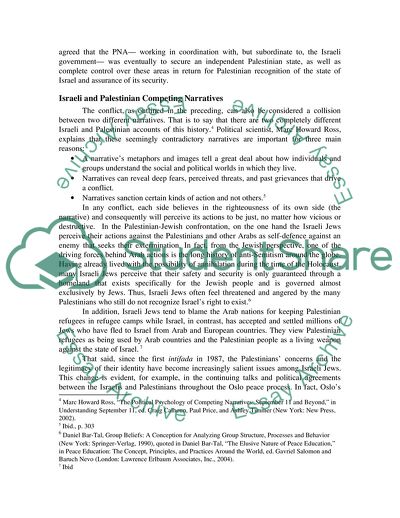Cite this document
(The Palestinian-Israeli Conflict Essay Example | Topics and Well Written Essays - 2000 words, n.d.)
The Palestinian-Israeli Conflict Essay Example | Topics and Well Written Essays - 2000 words. https://studentshare.org/politics/1709904-arab-israeli-conflict
The Palestinian-Israeli Conflict Essay Example | Topics and Well Written Essays - 2000 words. https://studentshare.org/politics/1709904-arab-israeli-conflict
(The Palestinian-Israeli Conflict Essay Example | Topics and Well Written Essays - 2000 Words)
The Palestinian-Israeli Conflict Essay Example | Topics and Well Written Essays - 2000 Words. https://studentshare.org/politics/1709904-arab-israeli-conflict.
The Palestinian-Israeli Conflict Essay Example | Topics and Well Written Essays - 2000 Words. https://studentshare.org/politics/1709904-arab-israeli-conflict.
“The Palestinian-Israeli Conflict Essay Example | Topics and Well Written Essays - 2000 Words”. https://studentshare.org/politics/1709904-arab-israeli-conflict.


